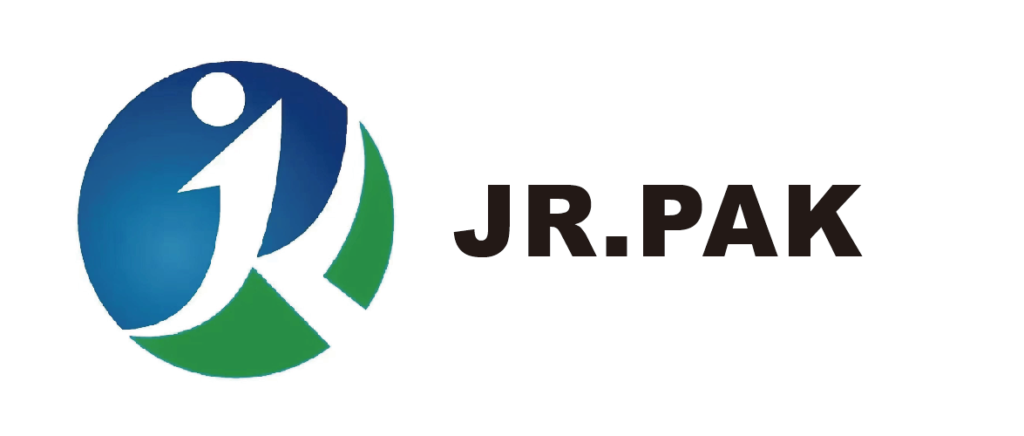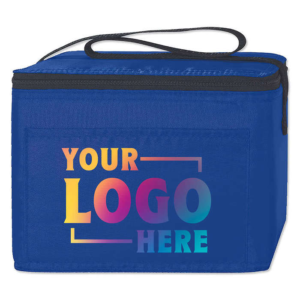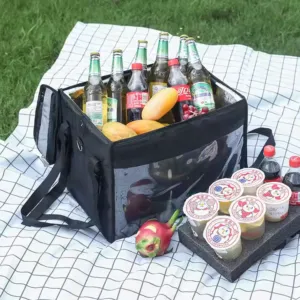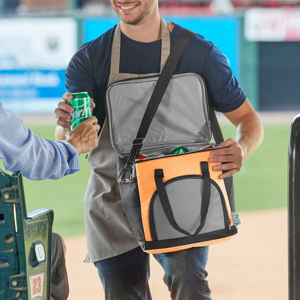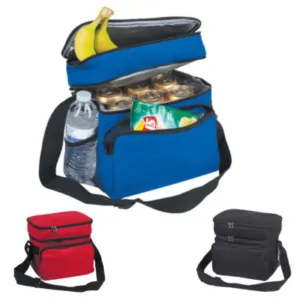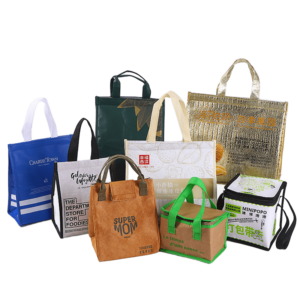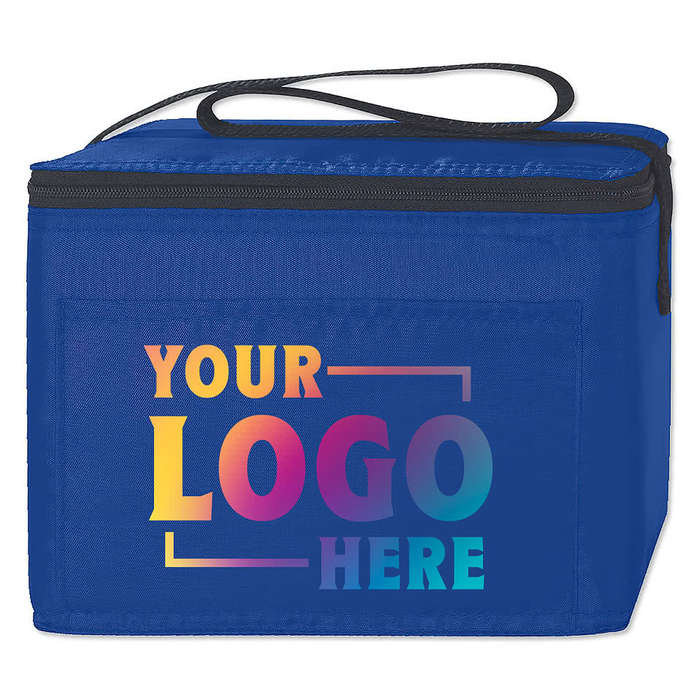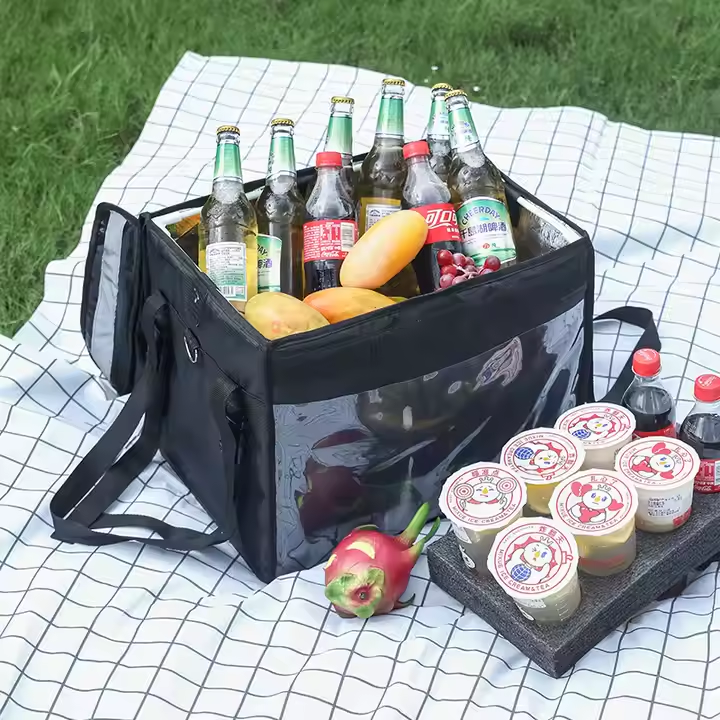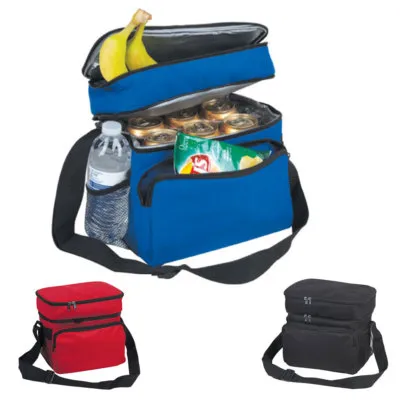How Can I Verify Factory Production Capacity Before Ordering?
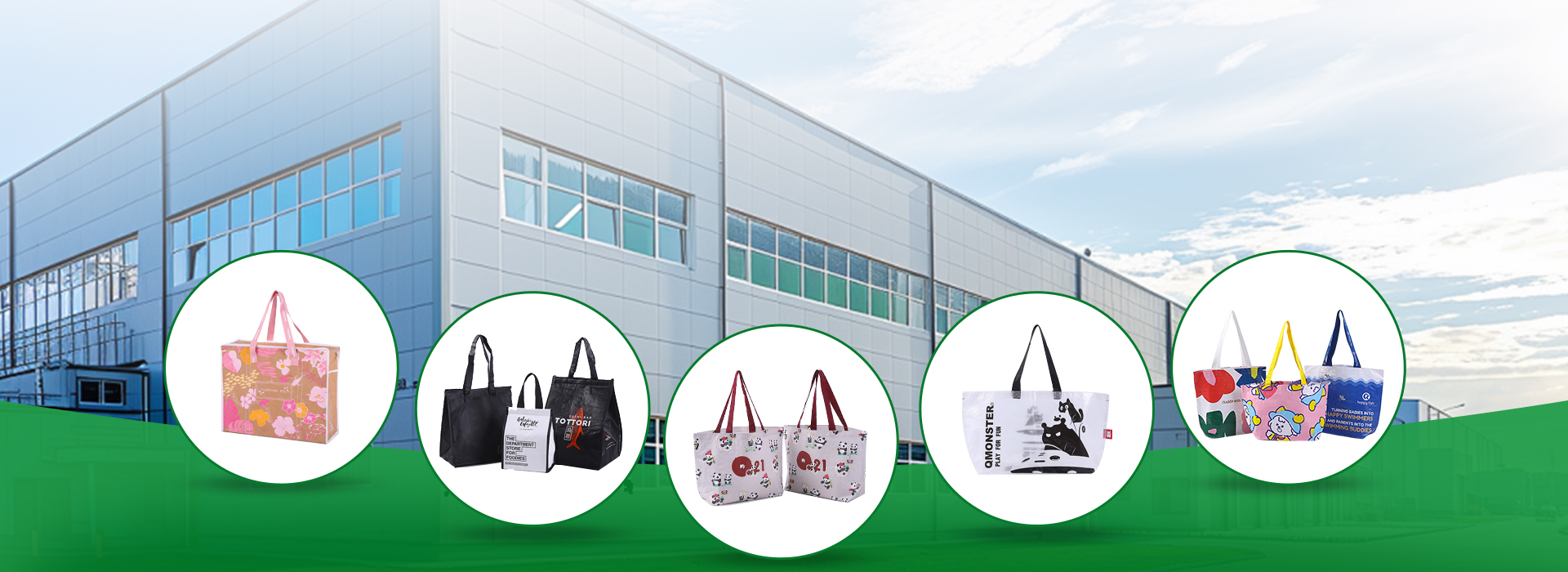
Getting a low quote is easy—but can the supplier actually deliver your order on time and in full?
Verifying a factory’s production capacity1 ensures it can handle your order size, meet your deadlines, and maintain quality control.
Skip supplier guesswork. Let’s break down how to confirm a factory’s real capabilities before committing your money.
How do you evaluate production capacity?
Many factories promise big numbers, but how do you know if they can really fulfill them?
Production capacity is evaluated by inspecting factory equipment, workforce size, shift schedules, and daily/weekly output records.
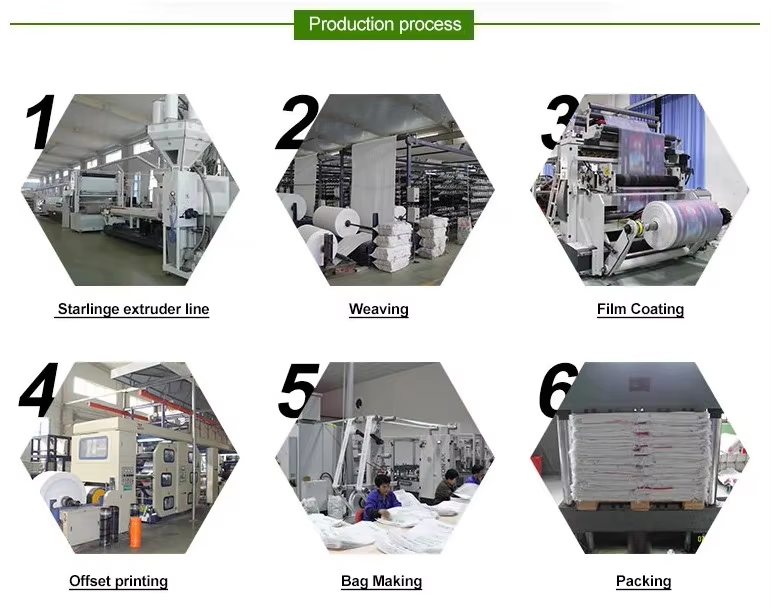
Dive Deeper: Looking Beyond the Sales Pitch
During one of my supplier visits in Zhejiang, the sales rep told me their monthly capacity was 2 million bags. That number sounded good. But I asked to see the workshop. What I found changed everything—they had just a few aging machines and very little automation.
I learned to dig deeper.
To properly evaluate production capacity, I now focus on four key areas:
1. Equipment Check
Walk through the factory floor. Count the machines. Ask what year they were purchased and how often they are maintained.
2. Workforce Size and Skill
Meet the workers. Ask how many are assigned per shift and how many shifts they run per day. Highly skilled teams reduce error rates.
3. Production Records
Request output logs. A good factory should be able to show average daily and monthly production for similar products.
4. Order Track Record
Ask for case studies or references for similar orders. Who have they worked with? How big were the orders?
| Factor | What to Check |
|---|---|
| Machinery | Number, age, speed, and maintenance |
| Labor Force | Number of skilled operators per shift |
| Shift Pattern | Single, double, or 24/7 production |
| Output Records | Historical logs for similar items |
Without these checks, you're risking delays, shortages, or quality issues.
How do you show production capacity?
It's one thing to say you're capable. It's another to prove it clearly and convincingly.
Factories show production capacity using real data: equipment lists, daily output charts, certificates, factory videos, and site tours.
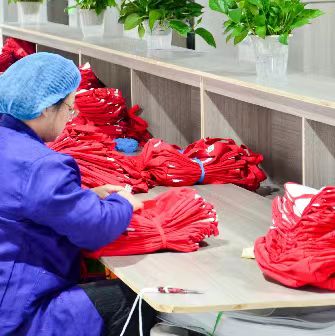
Dive Deeper: What I Always Ask for Before Placing an Order
Before I place any bulk order, I ask for hard proof. If a supplier can’t give that, I walk away. The most trustworthy factories offer clear documentation. Here’s what I usually request:
Equipment & Process List
This should include machine types, quantities, production rates, and production flow from raw material to finished goods.
Production Flow Chart
A diagram helps me understand bottlenecks and how long each stage takes.
Factory Photos or Live Video Tour
If I can’t visit in person, I ask for a video tour showing actual operations during peak hours—not a polished company promo.
Certifications
If they claim ISO or other quality systems, I check if the certificate is current and matches the factory name and location.
| Evidence Type | Why It’s Useful |
|---|---|
| Equipment List | Matches output claims with machinery |
| Output Charts | Confirms average and peak performance |
| Video Tour | Offers proof of operations in action |
| Certification Scans | Shows commitment to quality systems |
This isn’t about being skeptical—it's about protecting my business.
What is production capacity requirements?
If you don’t define your needs clearly, how can a supplier promise they’ll meet them?
Production capacity requirements refer to the volume of goods a factory must produce to fulfill your order within the set timeline.

Dive Deeper: Aligning Your Demand with Their Reality
In one case, I needed 300,000 customized non-woven bags delivered in 25 days. The supplier said yes right away. But I broke down the math. That meant over 12,000 bags per day. I asked, “Can you really produce that daily volume, accounting for QC, printing, and packaging?” The answer was silence.
So I now calculate exact capacity needs before I even contact suppliers:
Step 1: Total Units
Decide how many finished products you need, including backups for defects.
Step 2: Time Frame
Decide how many days you can allow for production—not just shipping.
Step 3: Daily Output Requirement
Divide total units by available production days. That’s the minimum daily capacity the factory must meet.
| Requirement Element | Example |
|---|---|
| Total Quantity | 300,000 bags |
| Production Timeframe | 25 days |
| Daily Output Needed | 12,000 bags/day |
I also check if the supplier has seasonal workloads. A factory may promise high volume, but if they're already booked, my order might get delayed or rushed.
How to optimize production capacity?
Even if a factory is capable, poor planning can waste time and materials.
Optimizing production capacity means improving workflow, reducing downtime, and using automation or scheduling tools to increase output.
Dive Deeper: Helping Suppliers Perform Better
Sometimes, I work with long-term partners to improve their production efficiency—especially for repeat orders. I realized that my bag supplier in Wenzhou had good machines but poor coordination between printing and cutting teams. That caused bottlenecks.
Here’s how I helped them optimize:
1. Predictable Order Patterns
I gave them my monthly forecast so they could pre-plan shifts and materials.
2. Batch Standardization
We simplified our bag sizes and designs to reduce setup time.
3. Regular QC Feedback
By reporting quality issues in detail, we helped them improve in areas like stitching speed and print alignment.
| Optimization Strategy | Result Achieved |
|---|---|
| Forecast Sharing | Reduced lead time by 4 days |
| Simplified Designs | Increased daily output by 15% |
| QC Collaboration | Cut defect rate by 40% |
You can ask suppliers how they optimize their production. Smart ones will mention lean practices, workflow software, or modular lines.
Conclusion
Verifying production capacity means checking equipment, labor, output records, and timelines to avoid costly delays and broken promises.
-
Understanding production capacity is crucial for ensuring suppliers can meet your order demands effectively. Explore this link for detailed insights. ↩
